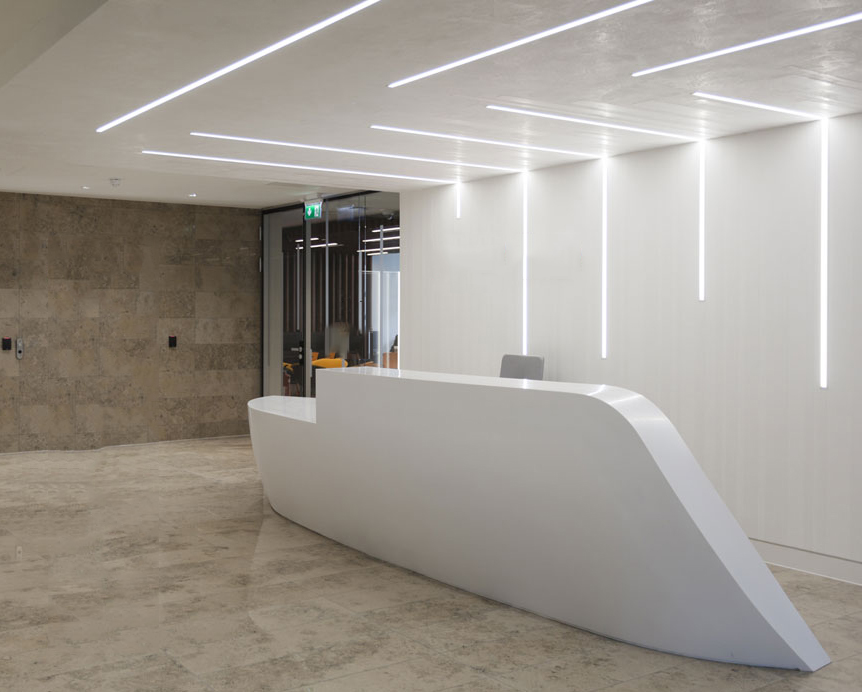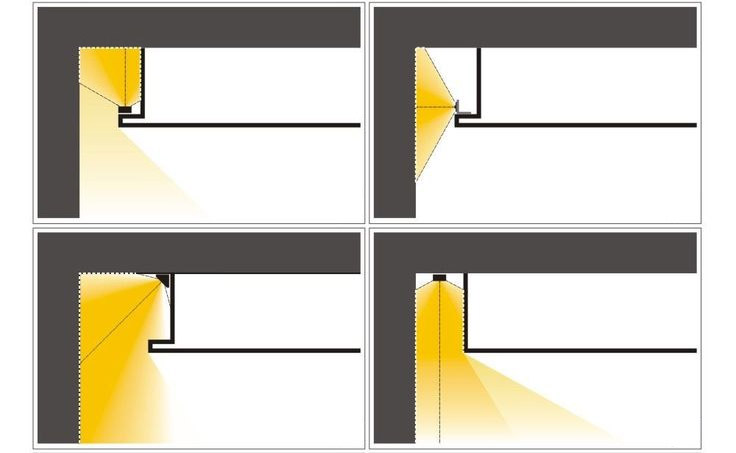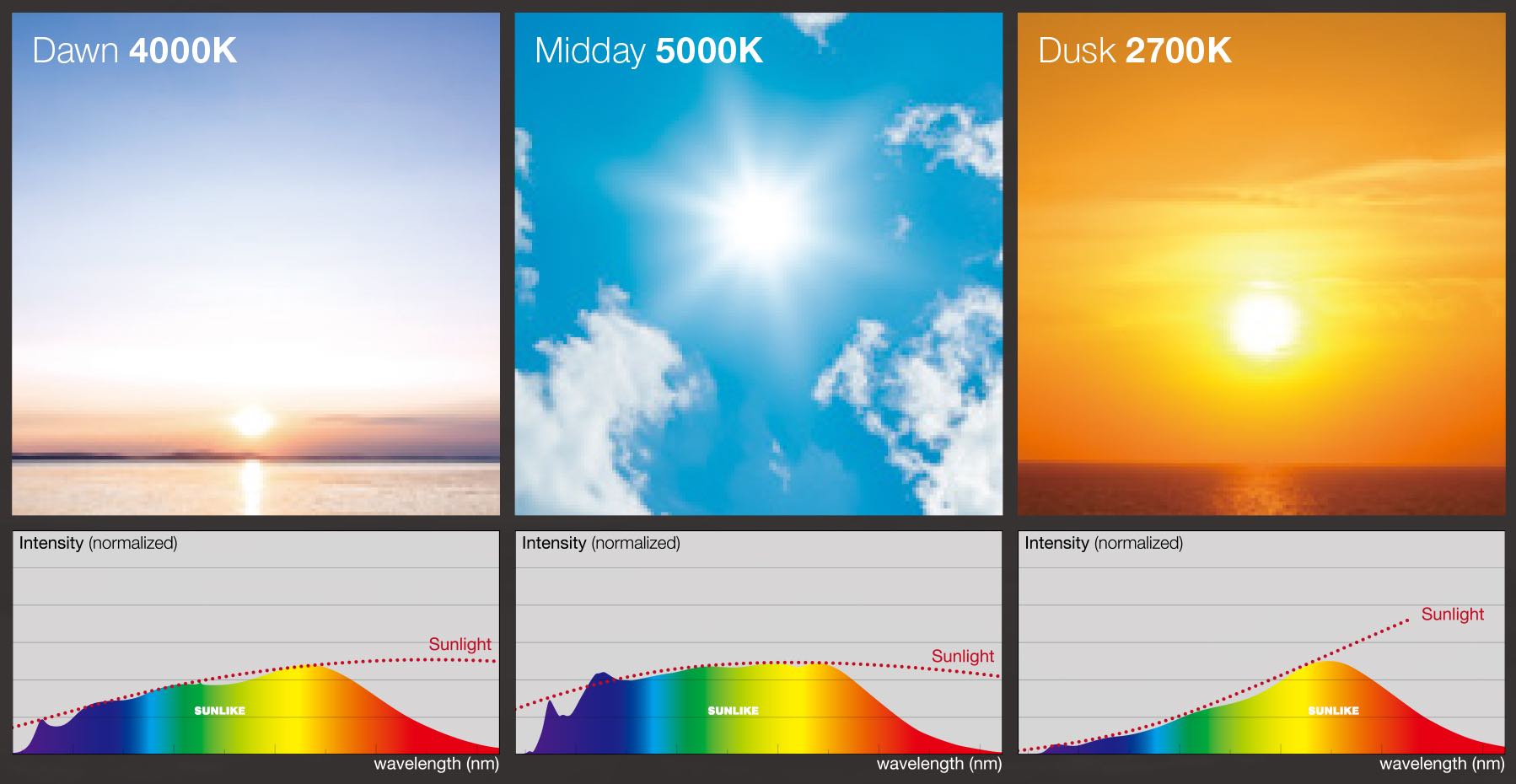Careful design of the lighting for your home will ensure that the right amount of light is where and when needed, switched on conveniently. Lighting should avoid over-lit areas, and give control and flexibility to create lighting effects for different situations. Well-designed lighting will be inherently easier to use and will function in an energy-efficient way.
The best approach to home lighting design is to use three levels of lighting: general lighting, task lighting and accent lighting. By combining these three levels, the recommended lighting level for each room or activity should be obtained, as below:
| Recommended lighting levels for the Home |
in Lux |
| Living rooms general |
50-150 |
| Casual reading |
150 |
| Study |
150-750 |
| Bedroom general |
50-150 |
| Kitchen general |
150 |
| Kitchen working areas |
400 |
| Bathrooms |
150-300 |
| Halls and landings |
100-150 |
| Stairs |
100-150 |
| Dining rooms |
150-450 |
The three levels of lighting
1. General lighting should ensure a sufficient minimum level of light in the room. There are plenty of LED light sources that can be used for this purpose: LED modules, strips, luminaries or spotlight. Decide on the desired illuminance level (lux). In living rooms and bedrooms in particular, give a certain degree of flexibility (through control settings/dimmers) so that occupants can raise or lower the general lighting around the set level. Design for the upper end of the Lux ranges in homes with elderly occupants, which generally appreciate a higher level of general lighting. A minimum level of general lighting is required for safe movement in the home, especially on the stairs, but sufficient general LED lighting is considered important for general well-being.
2. Workplace lighting is needed for certain activities at home, such as reading, preparing food and working from home. LED lamps must be carefully selected, correctly positioned and controlled. Recommended are LED spot lights and high flux LED modules. Lamps or sockets are needed in the right places to ensure flexibility in the availability of work and accent lighting. Depending on the task, LED workplace lighting may be required at different levels. The color rendering of the light is also very important for some activities, we recommend LED lights with CRI 97 or more.
3. Accent lighting contributes to the ambiance of a house and is usually done with LED spots and strips. As with workplace lighting, LED luminaires (or sockets) are placed in the right places to emphasize architectural features, furniture and ornaments. Accent lighting is a more personal matter, and depending on the circumstances, spotlighting or floodlighting can be useful.
For each of these levels of lighting, controls can provide a range of lighting options. So in an living room there could be separate controlled circuits for:
- general lighting
- task lighting (typically positioned under the wall units)
- accent lighting
Similar control patterns can be considered in other rooms, with dimmers providing a different lighting atmosphere in salons, dining rooms and bedrooms. Advanced controls, sometimes controlled by a mobile phone or a tablet app, that allow remote adjustment of the amount of light and its color are increasingly popular. Lighting is establishing itself as a lifestyle statement, and houses with new and innovative lighting systems are perceived as a marketing advantage.













 Casambi allows control of the lights through a timer or a variety of presence/movement sensors and daylight sensors. It can control lights that change colour temperature over a very wide range, and designers have the freedom to configure dimming and create scenes or animations for the application.
Casambi allows control of the lights through a timer or a variety of presence/movement sensors and daylight sensors. It can control lights that change colour temperature over a very wide range, and designers have the freedom to configure dimming and create scenes or animations for the application.
